How to Tell if Your Cat is Part Bengal or Purebred: 14 Ways to Confirm

Wondering how to tell if your cat is part Bengal? Don’t worry after reading this article you will be able to know if your Bengal is purebred.
Bengal cats are a lovely cross between Asian Leopard Cats and domestic cat species.
Because of this generality, identifying your Bengal cat might be difficult.
Despite this, the wild Asian Leopard Cat’s lineage is consistent, thus they have a lot of common features that you may exploit.
Bengal cats are one of the most popular cat breeds in the world, and cat lovers adore them, even though Bengals have lots of pros and cons.
The speckled coat of the Bengal cat comes in a range of hues and patterns. Some Bengal cats have marbled coats with wavy stripes and blotches that are distinctive to them. Bengal’s cats may be difficult to identify, but you may seek certain common traits or visit a reputable breeder.
How to Tell if Your Cat is Part Bengal
Here are some common ways to identify a purebred Bengal cat, which are as follows:
Check if the Bengal cat has an “M” shape on the forehead
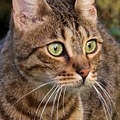
This is the first thing you should look out for in a Bengal cat once you pick up the Bengal cat.
Look at the forehead at the very center of the Bengal cat, if you can’t find any sort of “M” shape marking then think twice.
No matter the color, every purebred Bengal should have the “M” shape. If you can’t find the “M” then it’s a part Bengal.
Check if the Bengal cat is excessively vocal
Bengal cats are louder and more vocal than many other cat breeds.
They talk to their owners about what they want and how they feel on a daily basis.
They will not hesitate to inform their owner if their litterbox needs to be cleaned or if they require additional food.
Bengals’ meow is more of a gruff tiny bark sound than a loud meow, despite the fact that they express themselves frequently.
Check the Bengal cat coat type and pattern
Bengal cats have a coat that resembles the patterns or markings of wild leopard cats, which is reasonable given that all Bengals are derived from the Asian leopard cat.
Spotted patterns
The most popular pattern variant is the spotted Bengal, which resembles newborn leopards.
The spots on the cat’s coat are tiny to medium-sized patterns.
The most valued variety has a pale coat with large and black markings. These dots come in a variety of colors and forms.
Sparbled pattern
Bengals’ sparbled pattern is a mix of spots and swirls, with the latter frequently appearing on the cat’s legs or tail.
Rosetted pattern
The Rosetted Spots have two colors and come in a variety of forms, including arrowheads, paw prints, and donuts, which are bigger spots produced by the fusing of many spots.
Marble pattern
Swirls and stripes made composed of two or more color variations make up the marbled design.
This design is available in a range of colors and forms. From the head to the tail, there are swirls that resemble marble rock.
Check the Bengal cat for extreme territorial behavior instincts
I can’t think of any domestic breed of cat that is more territorial than Bengal cats, especially if they are not properly socialized.
So, look out for possessive and territorial behavior, which means you are Bengal is always ready to attack other cats around.
Even though Bengal cats get along with other cats and dogs, but this is only true if you have properly trained and socialized the Bengal.
You test your Bengal to see if your Bengal gets fired up with the sight of other cats around your neighborhood.
Check a single strand of the Bengal cat fur
Bengals’ fur has been “ticked.” By glancing at a single strand of your cat’s fur, you can tell if it’s ticked. There are two or more colors in a strand of ticked fur.
If the single strand of the fur you pulled out is not thick and very lightweight mare looking at it, and it has only one color, think twice.
Part Bengals have lighter fun than the purebred Bengal, which is generally known and seen as the 4th generation.
Check the Bengal cat affinity for water
Bengal cats, like their forefathers, are water lovers. Almost every Bengal will have a strong need to be near water.
Every purebred Bengal loves water to a fault and can get into lots of trouble seeking water or small drop tap water.
Rather than drinking straight from the dish like the normal indoor cat, they frequently drink by putting their paws into the water bowl and licking it off.
Bengal cats are known to jump on sink or bat tops in search of water, they even follow you into the bathroom.
If the breed of Bengal cat is not moved by drops of water or a small pool of water, maybe you should think twice.
Check the Bengal cat coat coloring
Bengal cats do come in a variety of hues. But not all the colors are recognized, however, there are two basic recognized colors.
The International Cat Association (TICA) recognizes the following color types:
The Brown Bengal cats are a popular breed with a light brown or golden background, dark brown markings, green or golden eyes, and a black tail tip.
The Snow Bengal is the rarest of the Bengal cats, having a base color of pure white with patches ranging from light brown to chocolate on their bodies. Their eyes are frequently a beautiful blue or green color.
Other common coat colors of Bengal cats
Here are other common colors of Bengal cats even though they are not recognized they still exist.
Silver Bengal
The Silver Bengal is born with a gene that prevents dark hues from appearing as a base color. As a result, its basic color might be anything from white to a steely hue.
The contrast is stark and attractive since their marks are usually black.
Seal Lynx
The color of the Seal Lynx Bengal cat derives from a Siamese outcross.
Lynx kittens are born totally white and acquire a pattern as they grow older.
Lynx has the least amount of contrast as well. The blue eyes of the Seal Lynx Bengals have been highly sought after.
Gray Brown
Bengals have a grey coat with jet black markings, which is the coolest hue. These cats also have the Agouti gene, which is seen in Asian Leopard cats.
Seal Mink
When a Bengal has one Seal Lynx gene and one Seal Sepia gene, it has this coloration.
Consider the mink to be a pink petunia with one red and one white gene.
Seal Minks have a distinct pattern on their fur. The color of their eyes is generally aqua green, although they may also be gold.
Tawny Brown
Cats with yellowish or tawny tones are produced by adding warmth to the coat.
Sorrel coat
At the end of the brown spectrum, there are cats that are bright orange and have warm tones. For many individuals, these brightly colored animals are ideal.
Seal Sepia
The color of the Seal Sepia Bengal cat derives from a Burmese outcross.
Seal Sepia kittens have a distinct pattern on their bodies, and their eyes range in color from green to gold.
Bengals with sepia-colored coats bear a striking similarity to snow leopards.
They also have a gray-yellow undertone, similar to the foundation coat of a snow leopard.
Charcoal
Charcoal Bengal cats are a unique breed with a gene that causes the undercoat to have a smoky appearance and a silvery tint; the black markings compliment the undercoat.
Check for the Bengal cat natural supreme hunting instincts or abilities
I don’t think there is a breed of domestic cat that can beat the Bengal cat on the terms of hunting down prey.
Because of their wild ancestors, Bengal cats are excellent hunters and fishers.
The only way to prevent this is to continually expose them to other animals while they are kittens to avoid unnecessary Bengal behaviors.
Bengal cats demand a lot of attention and training, therefore don’t get a Bengal cat until you read these reasons.
To quickly test your Bengal, just get an electronic moving toy like mice and see your Bengal reactions.
Check for the Bengal cat active behaviors
Bengals are descended from Asian leopards, and as a result, they are lively and energetic animals.
They like playing and exhibiting great levels of enthusiasm.
Bengal cats sleep for a shorter period of time than many other domestic cat breeds.
It’s doubtful that your cat is a pure Bengal if it’s gentle or sleepy. They are not a lazy breed of cat.
Check the Bengal cat body and weight
Examine the Bengal cat’s physique and body size in comparison to that of a normal Bengal cat.
The females of this breed weigh between eight and ten pounds, while the males weigh between ten and fifteen pounds.
Bengal cats have an athletic physique and seldom acquire the sagging belly seen in many other cat breeds when they gain weight.
They have a stocky physique with powerful muscles and are naturally athletic. Read more on how big Bengal cats grow.
Check how high the Bengal can climb or jump
Bengal cats are noted for being great jumpers, capable of jumping up to three times their normal height.
They love to jump even though they could have walked across, they will jump from one couch to another or up onto the counter.
A Bengal enjoys lounging on high branches or tight windowsills and has no qualms about climbing down on their own time.
Bengals are relatively brave because of their passion for jumping and climbing on objects. If your Bengal is afraid of heights, think twice.
Check the Bengal cat personalities and temperaments
Bengal cats aren’t really among the lap cats and would rather run around chasing other cats or toys like balls than sit on your lap. There are ways to discipline a Bengal cat that is always running around.
They are, nevertheless, loving and may snuggle if desired. These cats like socializing and get along well with children, other cats, and dogs.
Bengal cats have a reputation for being aggressive, there are many reasons why Bengals can be aggressive.
With proper care and enough entertainment, I can tell you Bengals are not aggressive.
Check with a Bengal cat expert or breeder
Bengal breeders with a good reputation will be able to give you a Bengal kitten with a verified Bengal heritage.
They may even be able to help you identify whether or not a cat you already own is a real Bengal cat.
Check with a veterinarian
You can discuss genetic testing with your veterinarian if you want to be more confident about the cat’s heredity.
They might be able to tell you without performing any more testing, but if you want to be sure, they can take blood tests to examine your cat’s DNA.
More interesting topics from the same author:
Overview of the Bengal Cat Generation
Here are the details of the Bengal cat generation and prices:
F1 Bengal cat generation
An F1 Bengal cat is the product of a carefully selected and rigorous cross-breeding of a domestic cat with an Asian Leopard cat.
F1 Bengal cat kittens will be the result, which is expensive and difficult to come by.
Female F1 Bengal cat kittens are the most expensive Bengal cats, with typical prices ranging from $2,000 to $10,000 USD.
F1 male kittens, on the other hand, are affordable because they are born sterile, costing no more than $1500 USD.
F2 Bengal cat generation
F2 Bengal cat kittens are the result of a female F1 Bengal cat mating with a male Bengal cat.
The final result will be an F2 Bengal cat, which is still rare and expensive.
On average, the F2 generation costs between $1,100 and $1,500 USD.
F3 Bengal cat generation
A male F2 Bengal cat must be mated with a female Bengal cat to produce F3 Bengal cat kittens.
This cross will result in a Bengal cat of the F3 generation.
On average, a Bengal cat of the F3 generation will cost between $1,000 and $2,500.
F4 Bengal cat generation
To create an F4 Bengal cat, you must pair an F3 female Bengal cat with a male Bengal cat.
A Bengal cat kitten is considered a purebred Bengal cat until it reaches the fourth generation (F4).
On average, F4 Bengal cat Kittens cost between $1,200 and $5,000 USD, depending on your location and the breeder’s charge.

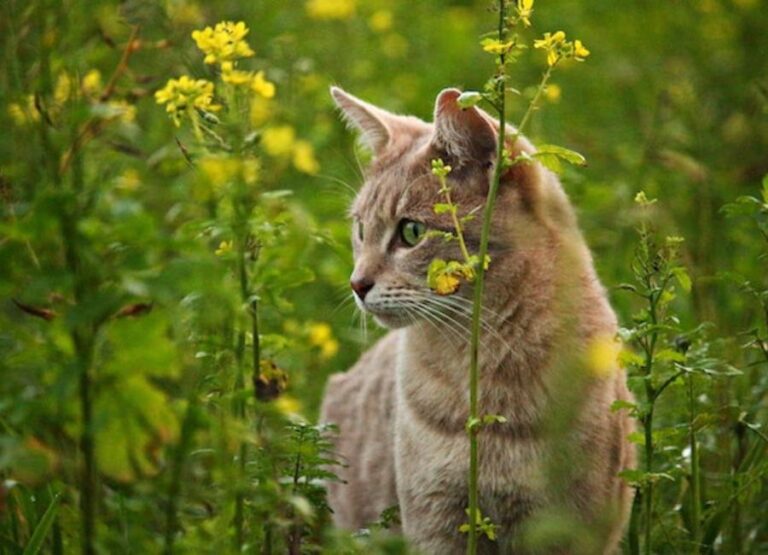
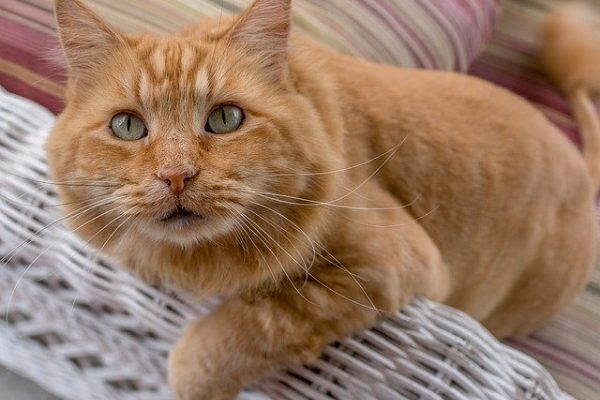
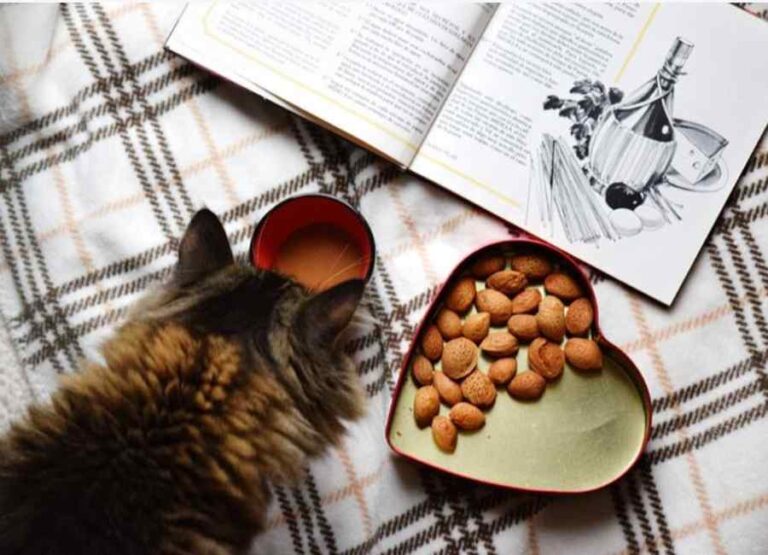
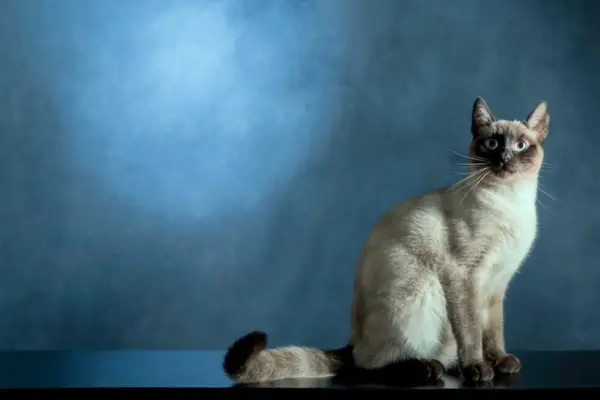

![How Big Do Bengal Cats Get [6 Growth Stages] How Big Do Bengal Cats Get](https://petcreeks.com/wp-content/uploads/2021/07/How-Big-Do-Bengal-Cats-Get-768x644.jpg)